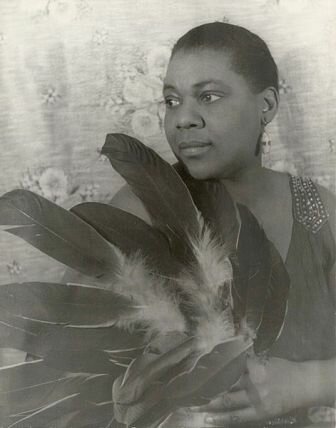Those who love to hear music might like one of these following facts about the Blues. Blues is a musical form and genres that originated in African-American communities in the “Deep South” of the United States around the end of the 19th century from spirituals, work songs, field hollers, shouts and chants, and rhymed simple narrative ballads. The blues form, ubiquitous in jazz, rhythm and blues and rock and roll, is characterized by specific chord progressions, of which the twelve-bar blues is the most common. For further information, below are other facts about the Blues you might like.
Facts about the Blues 1: Lyrics
The lyrics of early traditional blues verses consisted of a single line repeated four times. It was only in the first decades of the 20th century that the most common current structure became standard: the so-called AAB pattern, consisting of a line sung over the four first bars, its repetition over the next four, and then a longer concluding line over the last bars.
Facts about the Blues 2: Early Blues
Early blues frequently took the form of a loose narrative, often relating troubles experienced within African American society. Blues shuffles or walking bass reinforce the trance-like rhythm and call-and-response, and they form a repetitive effect called a groove.
Facts about the Blues 3: First Publication
The first publication of blues sheet music was in 1908: Antonio Maggio’s “I Got the Blues” is the first published song to use the word blues. Chroniclers began to report about blues music in Southern Texas and Deep South at the dawn of the 20th century.
Facts about the Blues 4: First Appearance
The first appearance of the blues is often dated to after emancipation and, later, the development of juke joints as places where Blacks went to listen to music, dance, or gamble.The blues is associated with the newly acquired freedom of the enslaved people.
Facts about the Blues 5: Characteristics
There are few characteristics common to all blues music, because the genre took its shape from the idiosyncrasies of individual performances.However, there are some shared characteristics, such as call-and-response shouts. Blues has evolved from the unaccompanied vocal music and oral traditions of slaves into a wide variety of styles and subgenres.
Facts about the Blues 6: Elements
Many blues elements, such as the call-and-response format and the use of blue notes, can be traced back to the music of Africa. The origins of the blues are also closely related to the religious music of the Afro-American community, the spirituals. Blues sub-genres include country blues, such as Delta, Piedmont and Texas blues, and urban blues styles such as Chicago and West Coast blues.
Facts about the Blues 7: Etymology
The term may have come from the term “blue devils”, meaning melancholy and sadness; an early use of the term in this sense is found in George Colman’s one-act farce Blue Devils (1798).Though the use of the phrase in African-American music may be older, it has been attested to since 1912, when Hart Wand’s “Dallas Blues” became the first copyrighted blues composition.
Facts about the Blues 8: Form
The blues form is a cyclic musical form in which a repeating progression of chords mirrors the call and response scheme commonly found in African and African-American music. During the first decades of the 20th century blues music was not clearly defined in terms of a particular chord progression.
Facts about the Blues 9: Pre-war Blues
The American sheet music publishing industry produced a great deal of ragtime music. By 1912, the sheet music industry had published three popular blues-like compositions, precipitating the Tin Pan Alley adoption of blues elements: “Baby Seals’ Blues” by “Baby” F. Seals, “Dallas Blues” by Hart Wand and “The Memphis Blues” by W.C. Handy.
Facts about the Blues 10: Urban Blues
City or urban blues styles were more codified and elaborate as a performer was no longer within their local, immediate community and had to adapt to a larger, more varied audience’s aesthetic.
Hope you would find those Blues facts really interesting, useful, and helpful for your additional reading.









